By Penny Harbin
Soaring high overhead, the American Kestrel is picked out of the sky by sharp eyes on the ground.
A call goes out, an arm points, so the group can all share the experience of the hunt.
Aiming carefully, many excellent shots are taken. Not with guns of course – cameras!
We spent a lovely morning with Frank Butson and friends at Rosetta McClain Gardens watching for migrating raptors – also known as birds of prey.
Visitors and passers-by are warmly welcomed, and all are encouraged to participate in the Raptor Watch.
Frank is there every single day, August to late November, from 7:00 am to mid afternoon, watching and recording 15 specific types of birds of prey:
- Turkey Vulture
- Osprey
- Bald Eagle
- Northern Harrier
- Sharp-shinned Hawk
- Cooper’s Hawk
- Northern Goshawk
- Red-shouldered Hawk
- Broad-winged Hawk
- Red-tailed Hawk
- Rough-Legged Hawk
- Golden Eagle
- American Kestrel
- Merlin
- Peregrine Falcon
Raptor Watch blog
Frank writes a daily blog listing exactly what is seen, along with illuminating comments about the weather, participants, and activities. He also records any other interesting activity, as he did on Aug 30, 2012 when over 100 Ruby-throated Hummingbirds were counted.
Hundreds of species can be seen at Rosetta McClain, including thousands of migrating Monarch Butterflies, Blue Jays and Robins – they reached a one day count of over 5,000 Blue Jays last season.
Birding at Rosetta McClain for eight years
Frank grew up in Birch Cliff, and after two trips to South Africa to watch animals and birds, decided that watching was what he wanted to do here. As large cats are hard to find in the GTA he focused on birds, and he has been coming to the park every fall since 2004.
Rosetta McClain, high above Lake Ontario, is on the fall migration path for insects, which are followed by small birds, which are followed by large birds. It’s the food chain!
Eye level traffic
The traffic starts late summer and peaks in October, and each fall Frank’s group will count 5,000 – 7,000 raptors.
Last year was a record, with 6,626 birds recorded and the best day ever, on October 1, 2011, with 1,305 birds!
Rosetta is an ideal place for bird watching as sometimes the raptors will actually be at eye level, or even below you, so you can get some great views.
The best days are those with a northwest wind, and some cloud, which makes it easier to pick the birds out in the sky.
Migration path
The birds are on their migration south, but they do not actually cross Lake Ontario, as it’s too big for them to fly over.
They follow the Great Lakes’ shorelines south and west to a narrower spot – most cross at Lake Erie. Some spots at Lake Erie will see over 100,000 birds a season, as many migration paths converge there.
While we were there Labour Day Monday, mid morning, we saw one Sharp Shinned Hawk, four Kestrels (the smallest falcon), some Cormorants and a young Merlin.
It’s a group thing
The group is very welcoming and will readily share their knowledge, help you find the birds, and show off their photos. Anyone who sees a bird immediately points and calls out. Binoculars are raised, and cameras start clicking away.
Discussion ensues on what it is, using their knowledge of field marks (size, colours, shape), flying patterns, and their photos to confirm the identification. On a regular day Frank marks down on a card the numbers and types seen, but on busier days this information is posted on a board for all to see.
Bald Eagles
Kids and adults alike can gain a new appreciation for the huge variety of wildlife in our midst. Imagine seeing a Bald Eagle in the heart of Toronto!
They usually see 50 – 75 Bald Eagles in a season and the highest count for a single day is 18.
Soaring high above, hunting and swooping past, it is a unique opportunity to see hunters in the city. Perhaps, with this real life exposure, we will be more aware of, and responsive to, the wildlife that surrounds us.
I encourage everyone to spend some time with Frank and his fellow watchers this fall.
Bring binoculars if you have them, a chair and a snack if you like, open your eyes and ears, and you will be amazed.
To see more of Ann Brokelman’s amazing photographs, check out her website.

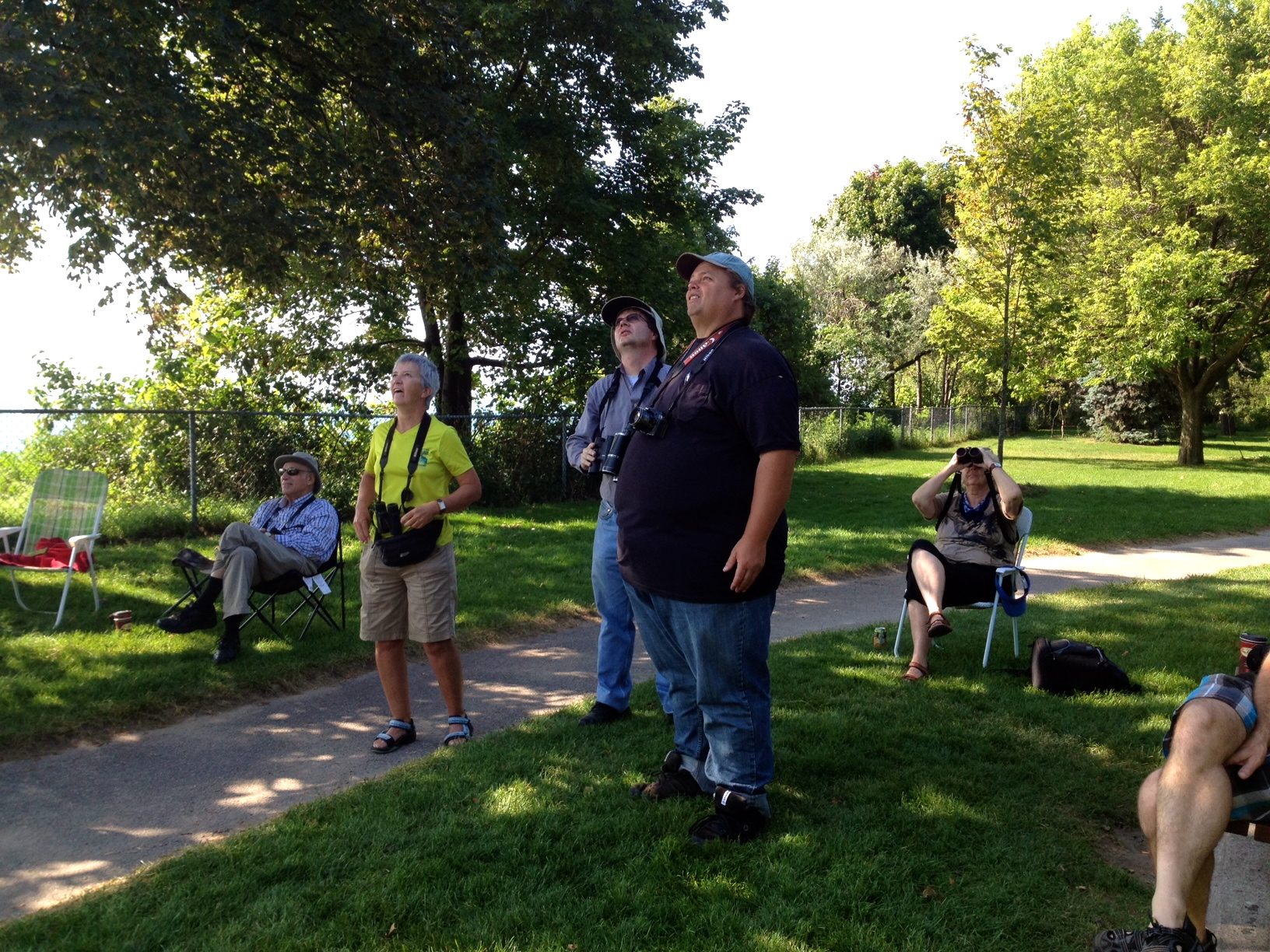
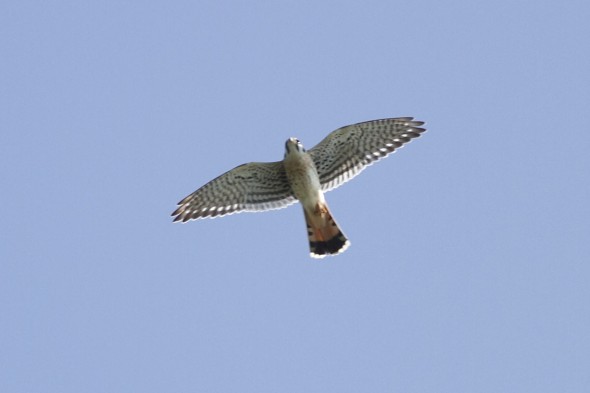
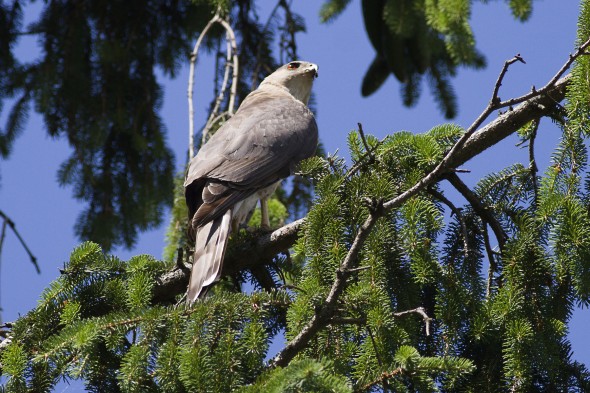
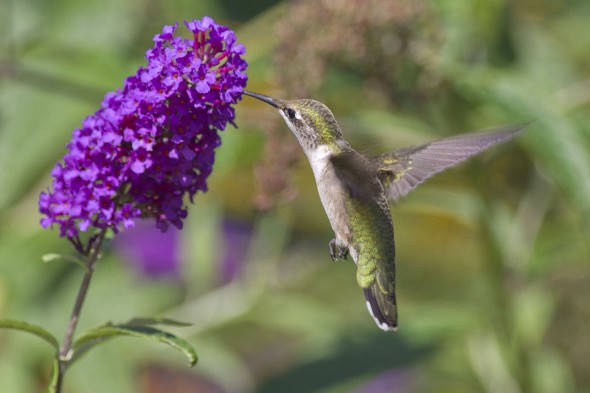
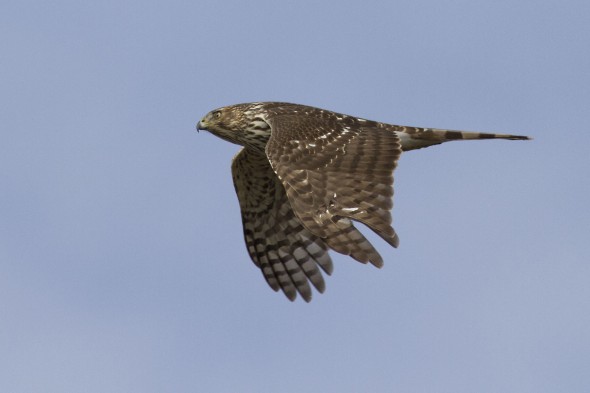
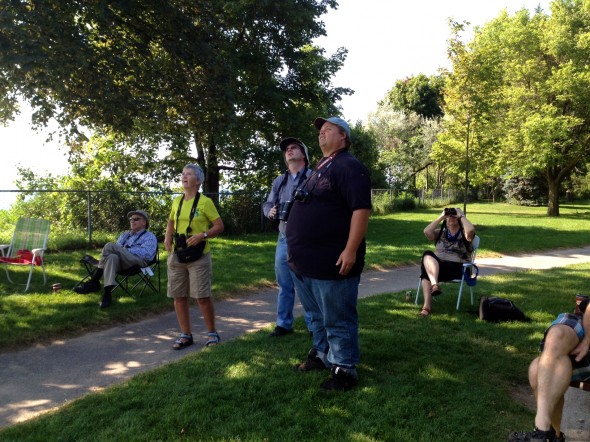
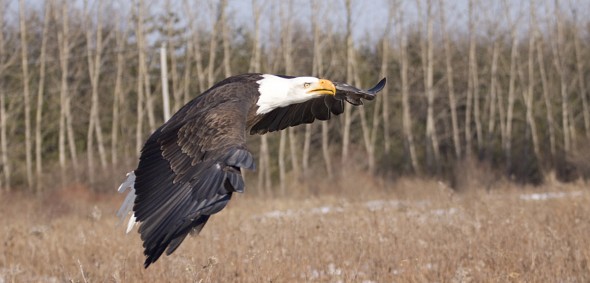
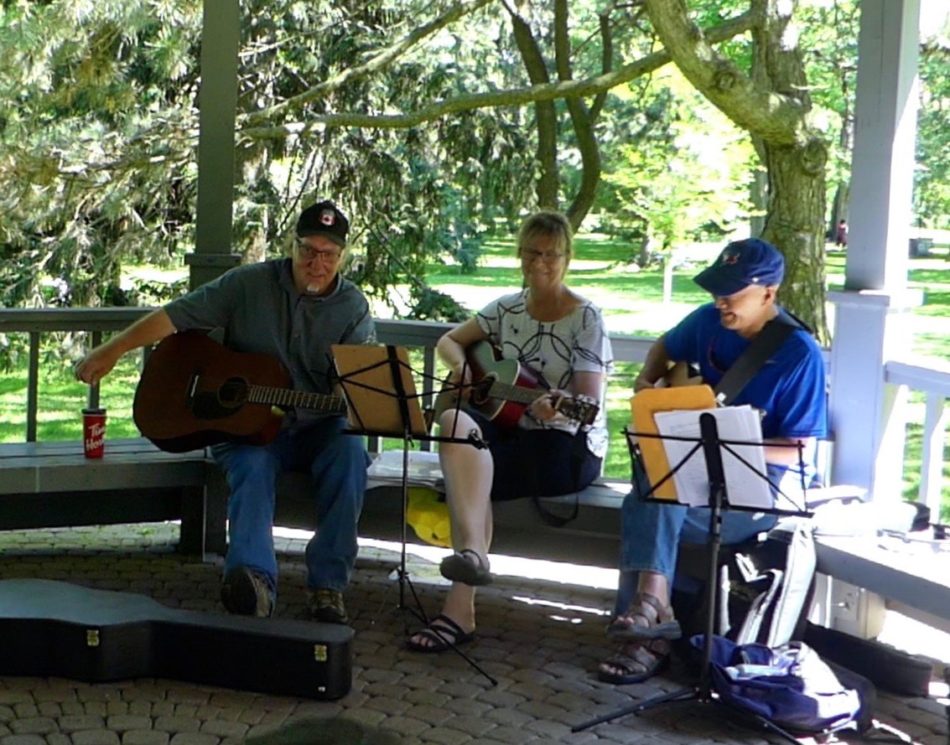
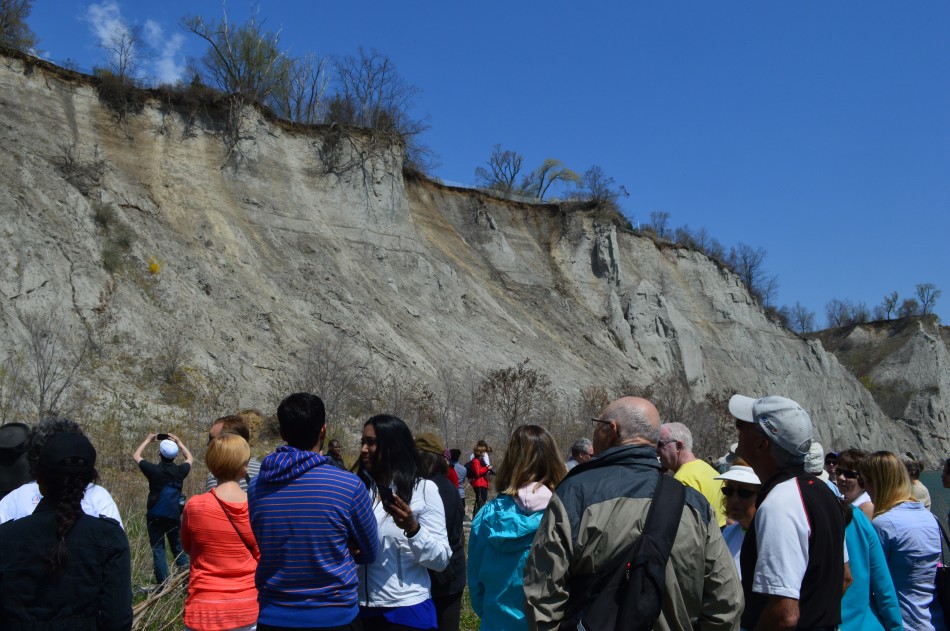

Great article Penny! I’m going to have to take a stroll over to Rosetta McLean this fall.
Hello Penny, thanks again for such a great article, I know a number of people stopped by during the season and mentioned theyd read about it in Birchcliff News. We had a record season with 7267 raptors. We set many species, day and month records. In October we had a day with over 2200 raptors, with 1750 being Turkey Vultures. 20 Golden Eagles were seen, along with 65 Bald Eagles over the course of the season. An incredible 102 Peregrines were seen. That’s special for me because of all my work with the Canadian Peregrine Foundation. I hope everyone drops by again next season 🙂